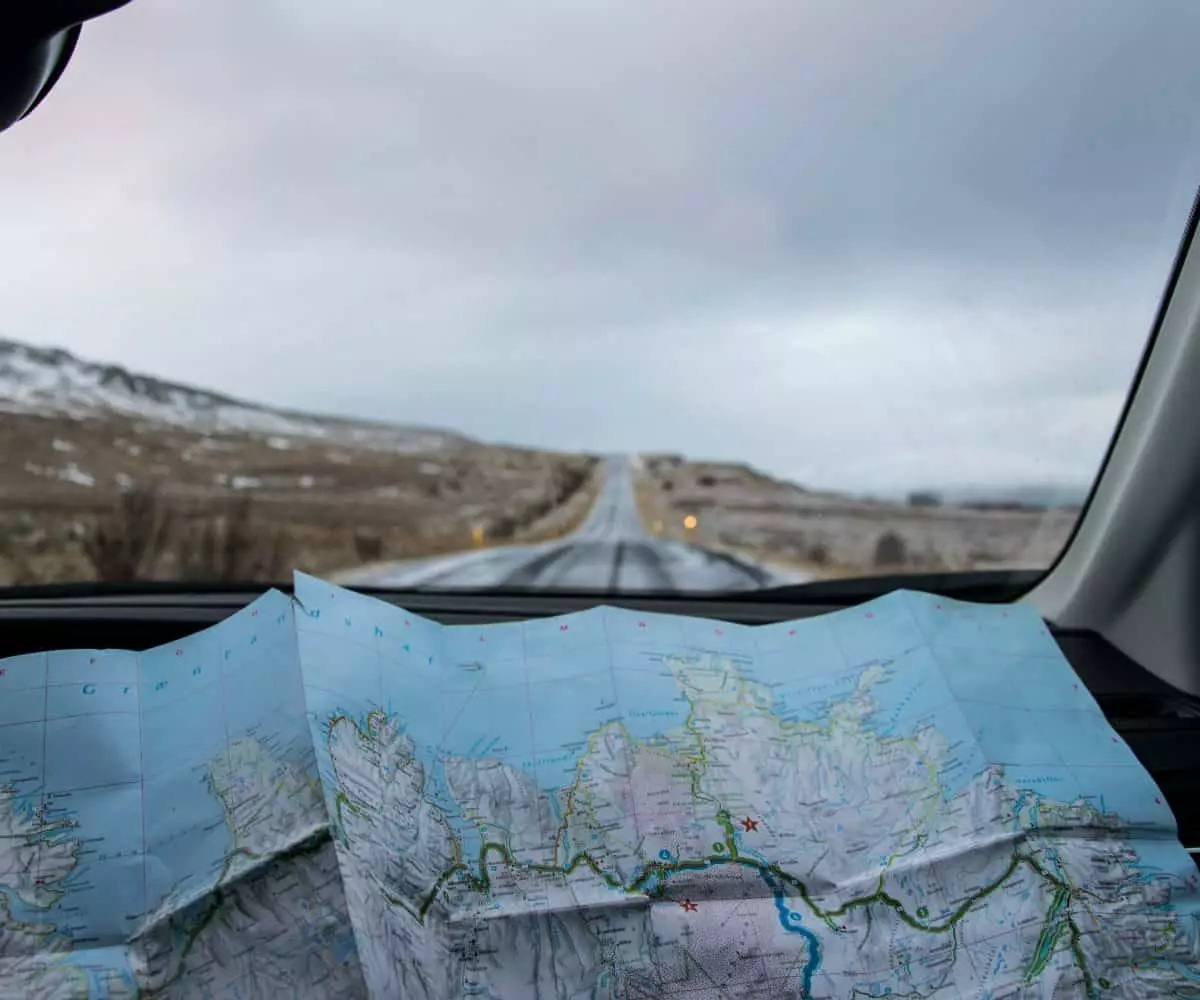Iceland, with its stunning landscapes and diverse experiences, is best explored through a circumnavigational cruise. National Geographic Explore/Lindblad offers an exclusive circular itinerary on a smaller ship, providing travelers with a unique and privileged insight into the essence of Iceland. By having access to smaller ports and fjords that are unavailable to larger ships, each day brings a new adventure, making the journey truly unforgettable. The added comfort of returning to the same lodging every night ensures an exceptional experience for travelers seeking to immerse themselves in the beauty of Iceland.
Before or after the cruise, visitors can indulge in the most impressive geothermal bath experience at the Blue Lagoon. The blue-lit waters offer multiple soaking options, making it the prime attraction for those looking to relax and rejuvenate. The level of access and pampering available ranges from basic access to the full spa experience. With four dining options on site, guests can enjoy a day-long experience, including a visit to the Lava Restaurant, where upscale dishes like Arctic charr are served in a volcanic setting. For evening dining, Moss, a Michelin-starred eatery located deep in the lava rock, offers a unique and exquisite dining experience. For those looking to extend their stay, the exclusive Retreat hotel with a private lagoon provides a tranquil retreat amidst Iceland’s serene fjords.
Iceland is known for its unique natural elements and cultural heritage. The region of Vigur island, where the world-renowned eider down is collected, offers a glimpse into the traditional practices of the locals. The down, which is discarded by birds after hatching, is collected and processed to create high-quality products. Additionally, Iceland’s rich history is showcased in towns like Siglufjordur, which was once a thriving hub for the herring fishing and processing industry. Visitors can explore museum buildings and live demonstrations that chronicle the industry’s evolution from 1903 to 1968 when it ceased operations.
Husavik, the site of the first house built in Iceland, serves as the gateway to exploring the northern region’s geology and landscape. Visitors can trek to Gooafoss, one of Iceland’s largest waterfalls, and explore the wonders of Lake Myvtan. The Whaling Museum in Husavik offers a fascinating glimpse into the region’s history of whaling. In southern Iceland, black sand beaches await travelers, along with the opportunity to visit the vast Vatnajokull icecap and the icy lagoon of Jokulsarlon. Further exploration is possible through 4×4 vehicles to remote valleys and waterfalls, allowing visitors to witness the natural beauty of Iceland up close.
The volcanic islands of Iceland offer a unique glimpse into the country’s geological history. Formed by undersea volcanoes 10,000 years ago, these islands boast diverse landscapes and fascinating geological features. From the recent lava crater on Westmann, which offers an easy hike and showcases the earth’s hot underground activity, to Surtsey, a UNESCO Heritage Site that emerged from the sea in 1963, these islands are a testament to Iceland’s vibrant and ever-changing landscape.
Iceland’s diverse landscapes, rich cultural heritage, and unique geological features make it a must-visit destination for travelers seeking an unforgettable adventure. Whether exploring the country’s geothermal baths, embarking on a cruise around the coastline, or venturing into its volcanic islands, Iceland offers a wealth of experiences that are sure to leave a lasting impression on any traveler.









